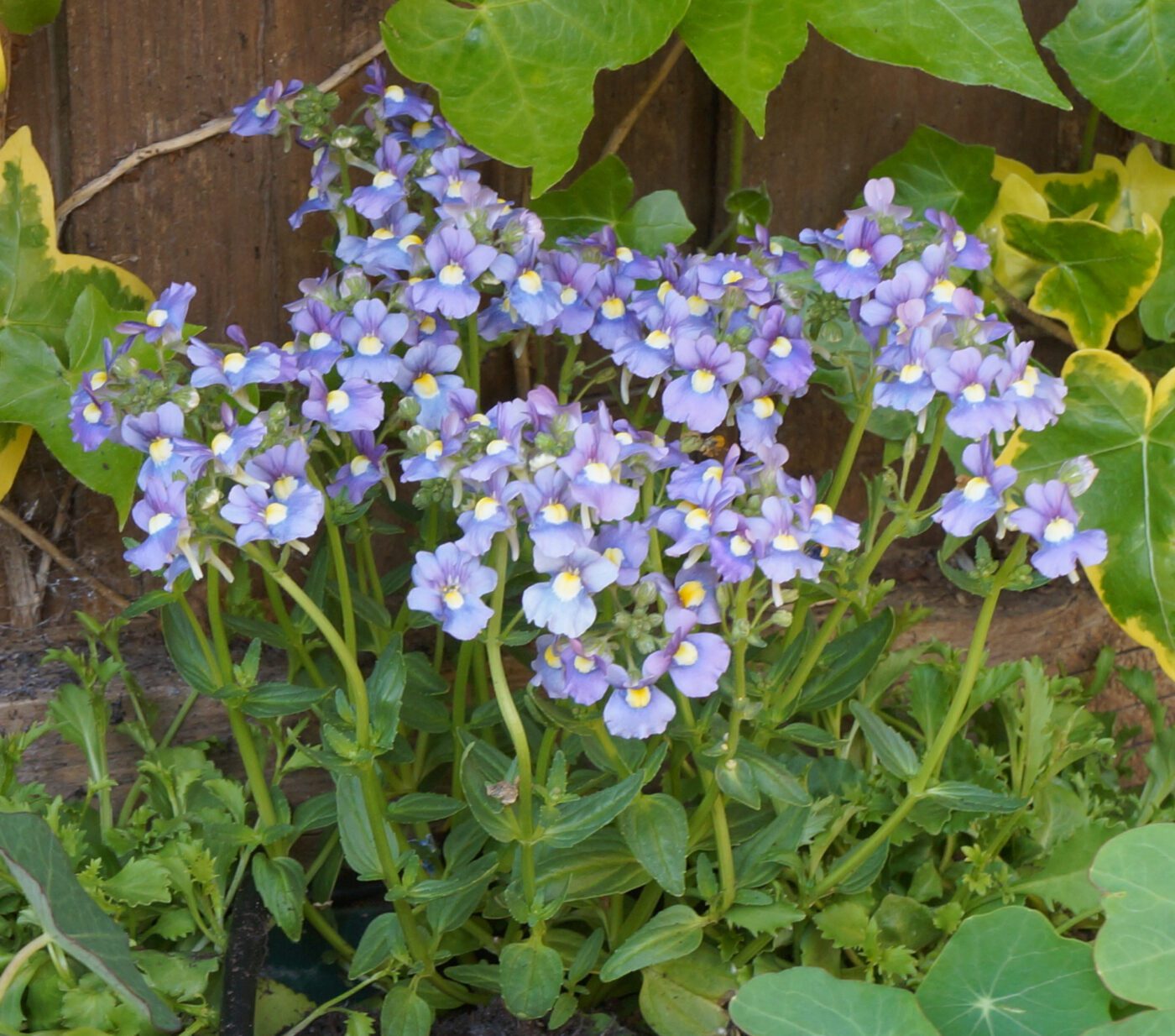Figwort Family – Scrophulariaceae
The Figwort family consists of 62 genera and about 1830 species. It includes the Butterfly Bush (Buddleia), Mullein (Verbascum), Twinspur (Diascia), Nemesia, Red Bartsia and Common Figwort. The Family is named after the genus Scrophularia which has many species used in herbal medicine. Scrofula is a form of tuberculosis of the lymphatic nodes of the neck, formerly treated by the Common Figwort Scrophularia nodosa . Basic Flower Parts – 4 or 5 Sepals, 4 or 5 Petals , 4 or 5 Stamens, 1 style
The Common Figwort Scrophularia nodosa is a native wild flower found throughout Britain in damp and wet locations. It is also found through Europe and Asia to Siberia. It has tiny flowers that are pollinated by social wasps.
The Butterfly Bush Buddleia davidii was introduced to Britain from China in the 1890s. The inflorescence is a panicle with flowers opening from the base upwards. Butterflies are attracted by the mass of flowers, the strong scent and the nectar secreted at the base of the narrow corollas.
Great Mullein Verbascum thapsus is a native wild flower that grows on sunny banks and waste places throughout Britain. Flowers from June to August. Pollinated by bees.
Diascia is a genus of 70 species native to Southern Africa. This cultivar is Diascia ‘Ruby Field’ . Pollinated in South Africa by a specialised genus of bee, Rediviva,
Nemesia is a genus native to South Africa. This species Nemesia strumosa, a popular annual bedding plant, was introduced to Britain in 1892.








